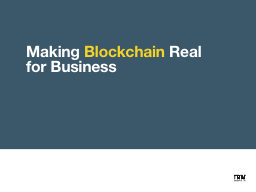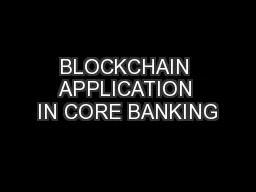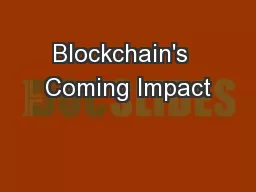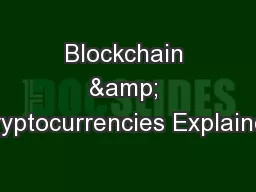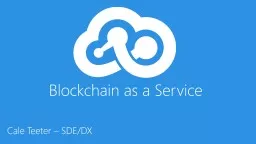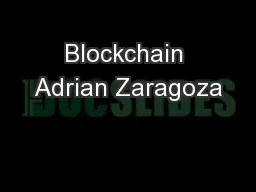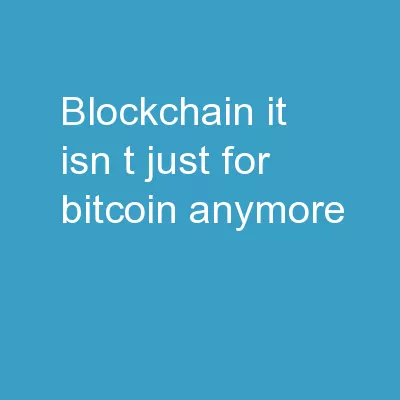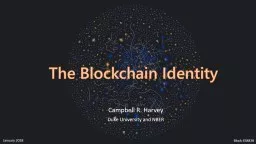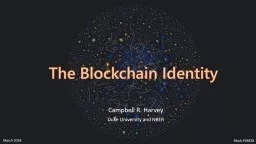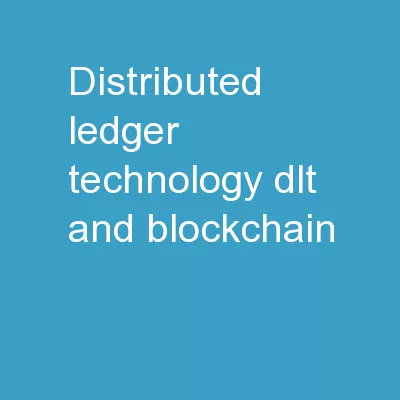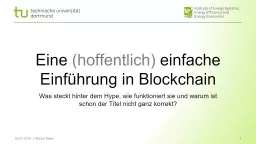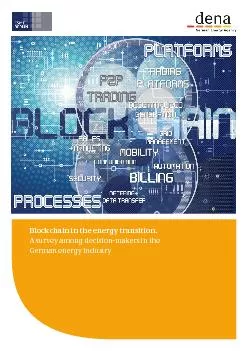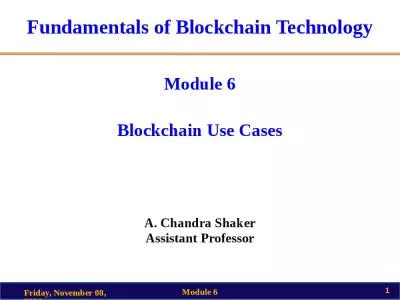PPT-Making Blockchain Real for Business
Author : quinn | Published Date : 2023-11-07
1 BLOCKCHAIN ESSENTIALS Business Networks Markets amp Wealth Businesses dont exist in isolation Connected to customers suppliers banks partners etc through Business
Presentation Embed Code
Download Presentation
Download Presentation The PPT/PDF document "Making Blockchain Real for Business" is the property of its rightful owner. Permission is granted to download and print the materials on this website for personal, non-commercial use only, and to display it on your personal computer provided you do not modify the materials and that you retain all copyright notices contained in the materials. By downloading content from our website, you accept the terms of this agreement.
Making Blockchain Real for Business: Transcript
Download Rules Of Document
"Making Blockchain Real for Business"The content belongs to its owner. You may download and print it for personal use, without modification, and keep all copyright notices. By downloading, you agree to these terms.
Related Documents

